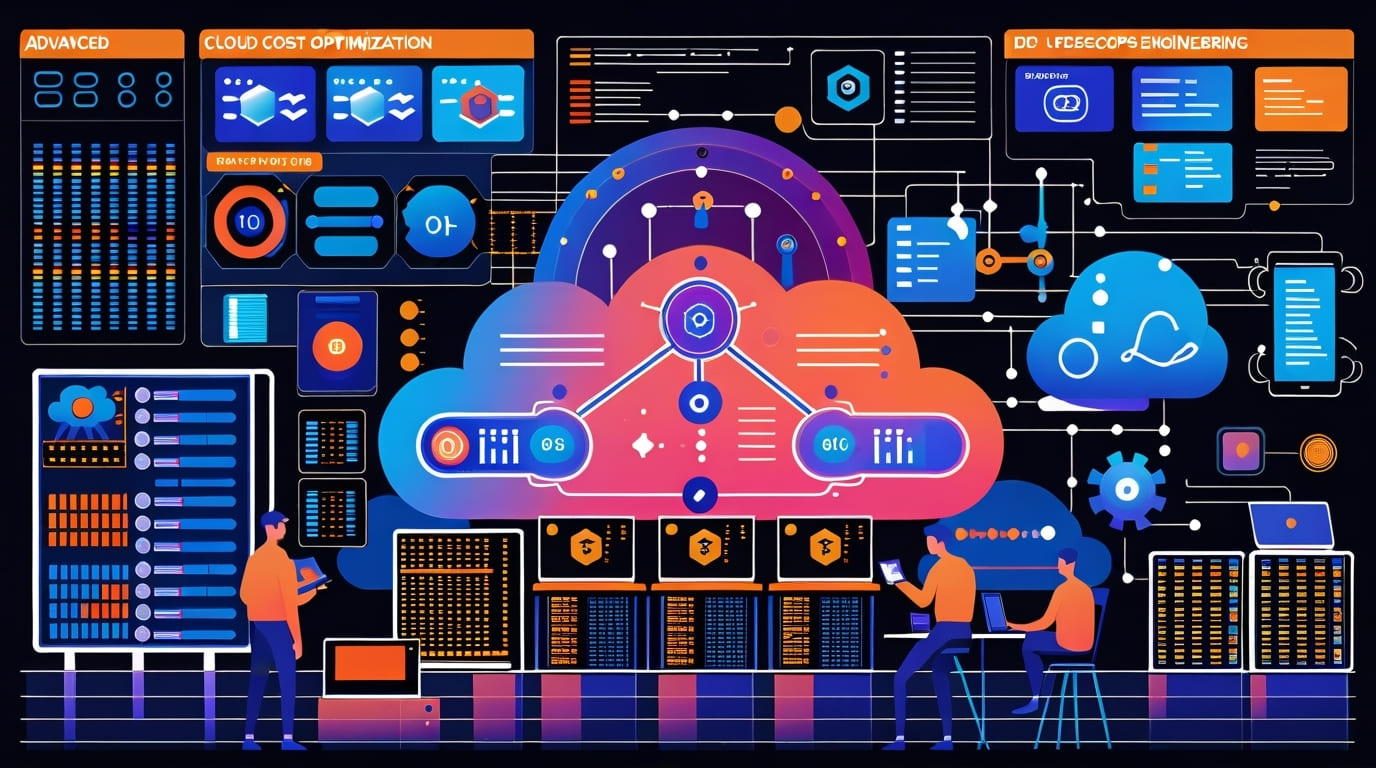In 2025, understanding PrestaShop development cost is crucial for businesses looking to establish or upgrade their online stores. The right investment can significantly influence your eCommerce success. Factors such as features, functionalities, and design choices come into play when determining your PrestaShop development cost. In this article, we will delve into the specifics of PrestaShop ecommerce pricing and how to budget effectively for your project.
Understanding PrestaShop Ecommerce Pricing
The Components of PrestaShop Ecommerce Pricing
The total PrestaShop ecommerce pricing is influenced by several components. The first component is the design of your store, which can vary depending on whether you opt for a custom design or use a pre-made template. Custom designs require a higher upfront investment, which will affect your PrestaShop development cost.
Features and functionalities are the next major factors. Adding additional features such as advanced product filtering, customer reviews, and numerous payment options will also increase the overall PrestaShop ecommerce pricing. Lastly, don’t overlook third-party integrations that can be crucial for your business but may involve additional fees or subscription costs, thereby influencing your PrestaShop budget.
Comparing PrestaShop with Other Platforms
When comparing PrestaShop ecommerce pricing with competitors like Shopify and WooCommerce, it becomes evident that pricing structures vary significantly. Shopify generally operates on a subscription model, which might seem economical for small-scale businesses but can quickly escalate as you add features. Conversely, PrestaShop allows for more flexibility with its open-source model, where your initial investment could be lower, depending on your choices and requirements.
However, when calculating PrestaShop development cost, be sure to consider the long-term implications, including transaction fees, hosting, and plugins, which can accumulate over time. Thus, while PrestaShop ecommerce pricing may seem lower initially, the total cost of ownership could be competitive with platforms that may seem cheaper at face value.
Hidden Costs in PrestaShop Development
While many businesses focus on the initial PrestaShop development cost, it’s essential to consider hidden costs that can arise during the development and maintenance phases. These can include unforeseen expenses related to troubleshooting, plugin purchases, or upgrading server resources. Additionally, the need for ongoing support and maintenance can contribute significantly to long-term expenditure, emphasizing the importance of thoroughly understanding prestashop store charges.
Establishing a PrestaShop Budget
Key Budgeting Tips for PrestaShop Development
To establish a realistic PrestaShop budget, start by itemizing all anticipated costs, including those for design, development, and potential marketing needs. It’s advisable to keep a buffer in your budget to accommodate any unexpected expenses during development. A well-thought-out PrestaShop budget will not only help you financially but will also pave the way for a smoother project execution.
It’s also worthwhile to prioritize your requirements. For instance, focus on essential functionalities at the outset rather than trying to incorporate every feature at once. This phased approach can help manage your overall PrestaShop development cost.
The Role of PrestaShop Store Charges in Budgeting
Understanding various PrestaShop store charges is crucial for accurately budgeting your eCommerce project. These charges may include monthly hosting fees, fees for payment gateways, and costs associated with third-party plugins or modules necessary for your store’s operation. Neglecting these costs can lead to an inaccurate perception of your overall PrestaShop budget.
In addition, consider any marketing or SEO expenses that may arise alongside ongoing development costs. Factor these elements into your financial plan to avoid mid-project surprises.
Budgeting for PrestaShop Maintenance
After establishing a robust PrestaShop budget for your initial development, it’s essential to account for ongoing maintenance. This includes costs for website hosting, regular updates, and troubleshooting, which are part of the PrestaShop store charges. Regular maintenance checks can help identify issues early, preventing costly repairs down the line.
Allocating a specific percentage of your revenue toward maintenance can also be a sound strategy. This can foster a proactive approach to running your PrestaShop store, ensuring that you remain competitive while effectively managing costs.
Hiring a PrestaShop Development Company
Benefits of Hiring a PrestaShop Development Company
Many businesses find it advantageous to hire a PrestaShop development company for their eCommerce projects. Specialized companies offer expertise and experience that can save significant time and effort. This not only enhances the quality of your online store but can also lead to improved functionality and user experience.
A professional PrestaShop development company can bring efficiency to your project by utilizing tried-and-tested methods, tools, and resources that align with best practices in the industry, ensuring that your development journey is both effective and cost-efficient.
Things to Look for When You Hire PrestaShop Developer
When you hire a PrestaShop developer, consider evaluating their portfolio, client testimonials, and specific technical skills relevant to your project. Look for experience with similar eCommerce projects, as this can indicate their capability to meet your needs effectively.
In addition, ensure that the PrestaShop developer understands your business objectives clearly and can explain how their approach will help achieve those goals within your budget.
Cost Considerations When You Hire PrestaShop Developer
When deciding to hire a PrestaShop developer, it’s crucial to understand their pricing structure. Some developers charge hourly rates, while others offer fixed-price packages. It’s important to compare these options against the cost of in-house development to assess what aligns best with your financial plan and project timeline.
Be transparent about your budget constraints so that any PrestaShop developer you consider can tailor their offerings accordingly. Remember, while it might be tempting to go for the lowest bid, the quality and reliability of the developer should also be high on your priority list.
Analyzing PrestaShop Store Charges
Types of PrestaShop Store Charges
There are multiple types of PrestaShop store charges that owners need to consider. These typically include standard costs such as hosting fees, transaction fees from payment gateways, and subscription costs for necessary plugins and modules. Additionally, businesses should prepare for other potential expenditures linked to marketing campaigns or ongoing service fees.
A clear understanding of all these charges will aid in comprehensive financial planning, allowing business owners to allocate resources efficiently and avoid unexpected costs.
How PrestaShop Store Charges Affect Profit Margins
Managing PrestaShop store charges effectively can have a significant impact on your profit margins. Understanding each element that contributes to your operating costs allows for better control over pricing your products and services accordingly.
By reducing unnecessary charges or optimizing your operational processes, you can enhance your profit margins. Regular audits of these charges can prove beneficial for financial stability and long-term success.
Tips for Reducing PrestaShop Store Charges
To minimize PrestaShop store charges, consider negotiating with service providers where feasible and opting for budget-friendly plugins or tools. Additionally, leveraging in-house talent for routine updates may save on external development costs.
Investing time in research and perhaps consulting with a PrestaShop development company can yield cost-saving strategies tailored specifically to your operational model.
Conclusion
In conclusion, understanding the PrestaShop development cost in 2025 is essential for successful online business management. A well-structured budget, awareness of ecommerce pricing, and the right choice in hiring a development company are key factors to consider. Companies like Wildnet Edge are equipped to help you manage these aspects effectively with their AI-first approach.
FAQs
The development cost is influenced by design, features, integrations, and the development team involved.
Evaluate all potential costs including development, design, maintenance, and store charges.
Charges can include hosting fees, payment gateways, plugins, and third-party services.
Hiring a specialized company can provide expertise and save time, leading to a more robust store.
Focus on their experience, portfolio, technical skills, and ability to work within your budget.

Nitin Agarwal is a veteran in custom software development. He is fascinated by how software can turn ideas into real-world solutions. With extensive experience designing scalable and efficient systems, he focuses on creating software that delivers tangible results. Nitin enjoys exploring emerging technologies, taking on challenging projects, and mentoring teams to bring ideas to life. He believes that good software is not just about code; it’s about understanding problems and creating value for users. For him, great software combines thoughtful design, clever engineering, and a clear understanding of the problems it’s meant to solve.
 sales@wildnetedge.com
sales@wildnetedge.com +1 (212) 901 8616
+1 (212) 901 8616 +1 (437) 225-7733
+1 (437) 225-7733































